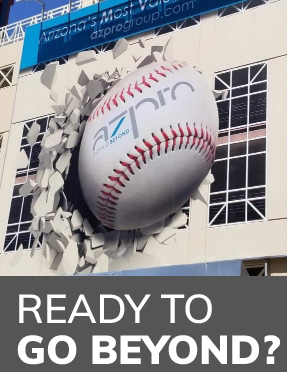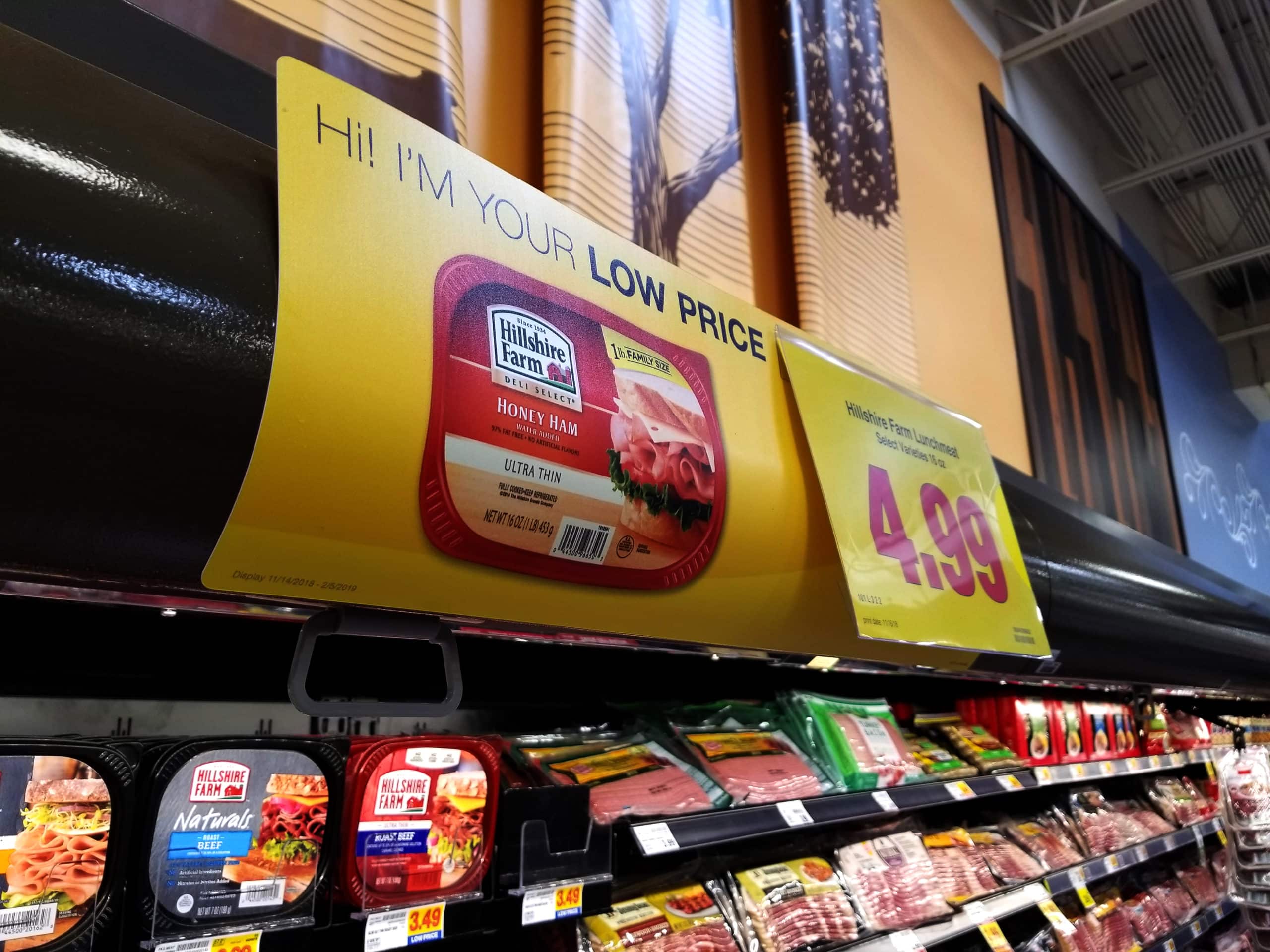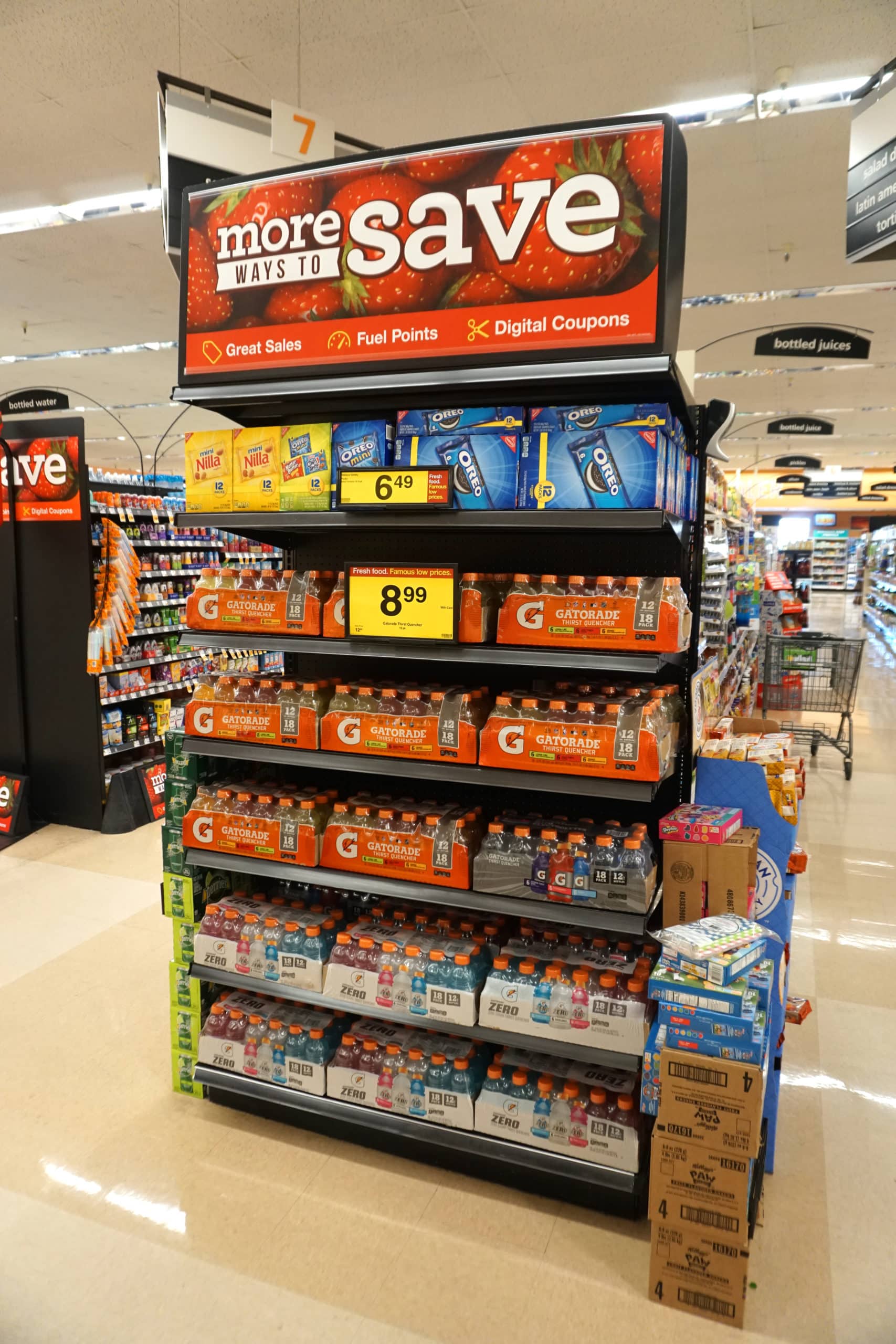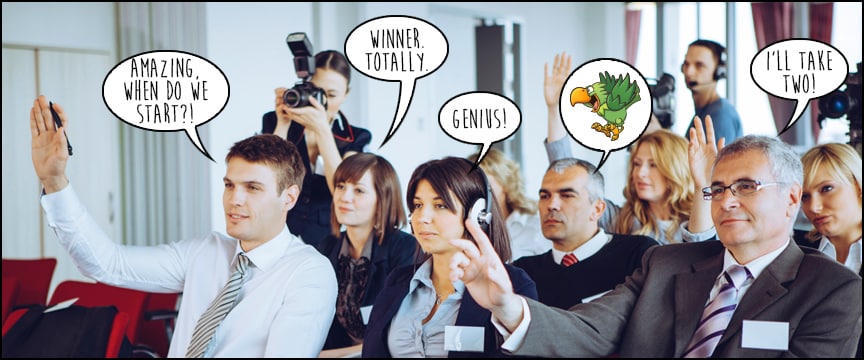 Not my first foray into understanding the importance of the client relationship but definitely one of my most eye opening. You can understand all there is to know about the client’s product. Every nuance in every variety and every process under their roof. But there is much more beneath the surface of any report that is integral in a successful campaign or concept. You have to know how they ‘got there’. What was their spark…that motivation and drive that inspired them to create and build what they have. For a designer, these are the first of many considerations that have a direct bearing on their own creative processes. Design is after all, a solution. It is the result of identifying the story behind the need and giving it a voice that is comprehensible by those for whom it is intended to be received. It must not only present the utility of this need, but do so in a way that evokes a reaction, perhaps even an emotion to engage the viewer in a way that they can relate. If it is successful, they will put a part of themselves into it and want to know more of the story. It is to be sure, a process. The Creative Process for designers has always been, well…. a malleable one. It has to accommodate interpretation as well as direction. However it has always been based on the same 7 basic facets, or steps. This is what I started with 28 years ago and it is still just as effective today as it was then, with perhaps the some refinement gathered from experience along the way. I’ll look at these steps one at a time over the following weeks so we can illustrate the value and importance of each, and see what it is that drives the creatives of a company to do what we do. And hopefully give a pointer or two to the eager, future clients out there that may have a need for a solution or two of their own. So, here they all are, in all their splendor: 1. The Brief 2. Research 3. Ideation 4. Draft 5. Analysis 6. Critique 7. Delivery
Not my first foray into understanding the importance of the client relationship but definitely one of my most eye opening. You can understand all there is to know about the client’s product. Every nuance in every variety and every process under their roof. But there is much more beneath the surface of any report that is integral in a successful campaign or concept. You have to know how they ‘got there’. What was their spark…that motivation and drive that inspired them to create and build what they have. For a designer, these are the first of many considerations that have a direct bearing on their own creative processes. Design is after all, a solution. It is the result of identifying the story behind the need and giving it a voice that is comprehensible by those for whom it is intended to be received. It must not only present the utility of this need, but do so in a way that evokes a reaction, perhaps even an emotion to engage the viewer in a way that they can relate. If it is successful, they will put a part of themselves into it and want to know more of the story. It is to be sure, a process. The Creative Process for designers has always been, well…. a malleable one. It has to accommodate interpretation as well as direction. However it has always been based on the same 7 basic facets, or steps. This is what I started with 28 years ago and it is still just as effective today as it was then, with perhaps the some refinement gathered from experience along the way. I’ll look at these steps one at a time over the following weeks so we can illustrate the value and importance of each, and see what it is that drives the creatives of a company to do what we do. And hopefully give a pointer or two to the eager, future clients out there that may have a need for a solution or two of their own. So, here they all are, in all their splendor: 1. The Brief 2. Research 3. Ideation 4. Draft 5. Analysis 6. Critique 7. Delivery 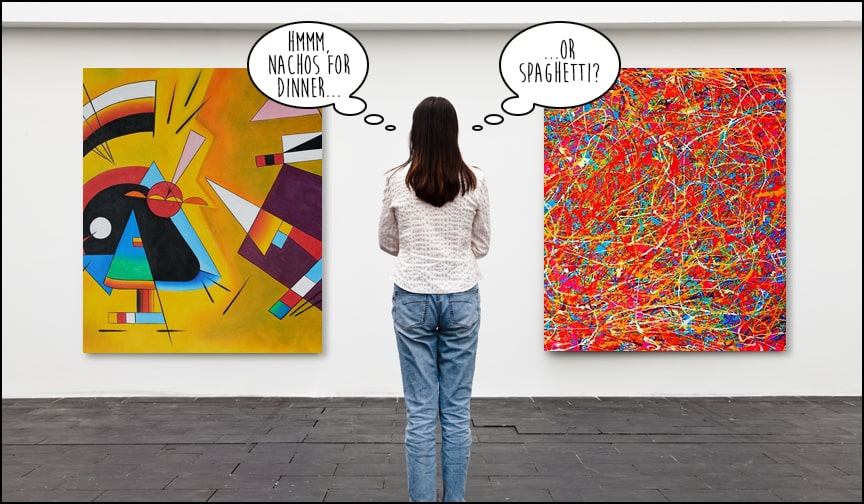 The Client Brief Every step of the Creative Process is going to be influence by the individual talents and styles of the creative. However, there are some fundamental stepping stones that must be covered to ensure the best possible explorations. In my experience, none of these is more relevant, critical, and interesting as the creative brief. This is where it all starts. And for a designer, you really can’t do much without this. It is so much more than getting together to cover a few questions over some drinks. A successful creative brief will cover the boilerplate stuff pretty quickly. Who’s your audience? What is your budget? What are your timelines? That sort of thing. But I’ve found that spending the time with a client to not only get to know their story, but letting them know mine as well is invaluable in the front end. We’re building relationships, establishing trust and even fostering curiosity here! A successful and comprehensive design solution will tell a story. But, not necessarily with all of the pages laid out before you. It’s like this… I can tell you that something is say, fast. And based on what you’re looking at you may see a complete picture. The end. It is what it is. Or, I can suggest to you that something is fast and depending on what elements I show, allow you to fill in the gaps yourself. This has a huge advantage in that if the viewer understands the concept of what they are looking at and is able to fill in those blanks with what they know, from their own experiences, it now becomes personally relevant. Ironically, this is not always the easiest thing to achive but it is one of the simplest things to understand. I’m afraid to break this to you folks, but the rumors are false! There is no ‘magic button’ on our keyboards. No quick key shortcut to putting into pictures or words what is being requested. Design is about exploration, patience and discovery. Trial and failure. Lots, of failure. But also requires a willingness on both sides to see that a creative failure is synonymous with a success in understanding. The creative brief is a journey for everyone. For the client, it is river that carries the boat. For the designer, it is direction and speed that dictates where the boat will go. And without mutual risk, dedication and perhaps a little bravery, there won’t be much to experience at all. So future clients, when you meet with your creative team and one of them looks at you with a straight face and asks, “So, when you did brake your arm riding your favorite skateboard… what shoe’s were you wearing?”, try not to look at them like they must be on a three-espresso caffeine high. Its in the details like this that represent who you are, what you feel and how those experiences have become so important to you that years later you decided to make your own line of retro safety sports gear. In my humble opinion, one of the best parts of design is not just having the opportunity to create, but being able to do so while telling a new story in the process. Afterall, what’s the point of telling a story that everyone’s heard before. The brief is a foundation for research and discovery. But that’s a discussion for next time. “Communication is based on the absolute relationship of all things. Until we open ourselves to this simplicity we will never truly indulge in the potential power of it all.”]]>
The Client Brief Every step of the Creative Process is going to be influence by the individual talents and styles of the creative. However, there are some fundamental stepping stones that must be covered to ensure the best possible explorations. In my experience, none of these is more relevant, critical, and interesting as the creative brief. This is where it all starts. And for a designer, you really can’t do much without this. It is so much more than getting together to cover a few questions over some drinks. A successful creative brief will cover the boilerplate stuff pretty quickly. Who’s your audience? What is your budget? What are your timelines? That sort of thing. But I’ve found that spending the time with a client to not only get to know their story, but letting them know mine as well is invaluable in the front end. We’re building relationships, establishing trust and even fostering curiosity here! A successful and comprehensive design solution will tell a story. But, not necessarily with all of the pages laid out before you. It’s like this… I can tell you that something is say, fast. And based on what you’re looking at you may see a complete picture. The end. It is what it is. Or, I can suggest to you that something is fast and depending on what elements I show, allow you to fill in the gaps yourself. This has a huge advantage in that if the viewer understands the concept of what they are looking at and is able to fill in those blanks with what they know, from their own experiences, it now becomes personally relevant. Ironically, this is not always the easiest thing to achive but it is one of the simplest things to understand. I’m afraid to break this to you folks, but the rumors are false! There is no ‘magic button’ on our keyboards. No quick key shortcut to putting into pictures or words what is being requested. Design is about exploration, patience and discovery. Trial and failure. Lots, of failure. But also requires a willingness on both sides to see that a creative failure is synonymous with a success in understanding. The creative brief is a journey for everyone. For the client, it is river that carries the boat. For the designer, it is direction and speed that dictates where the boat will go. And without mutual risk, dedication and perhaps a little bravery, there won’t be much to experience at all. So future clients, when you meet with your creative team and one of them looks at you with a straight face and asks, “So, when you did brake your arm riding your favorite skateboard… what shoe’s were you wearing?”, try not to look at them like they must be on a three-espresso caffeine high. Its in the details like this that represent who you are, what you feel and how those experiences have become so important to you that years later you decided to make your own line of retro safety sports gear. In my humble opinion, one of the best parts of design is not just having the opportunity to create, but being able to do so while telling a new story in the process. Afterall, what’s the point of telling a story that everyone’s heard before. The brief is a foundation for research and discovery. But that’s a discussion for next time. “Communication is based on the absolute relationship of all things. Until we open ourselves to this simplicity we will never truly indulge in the potential power of it all.”]]>
